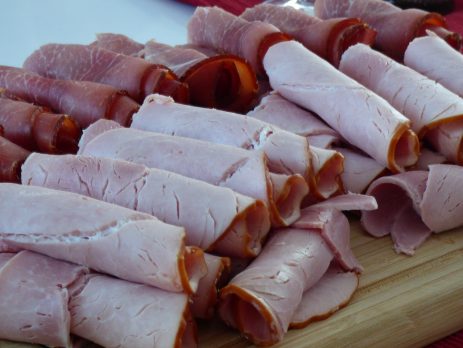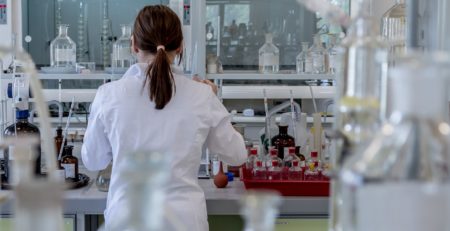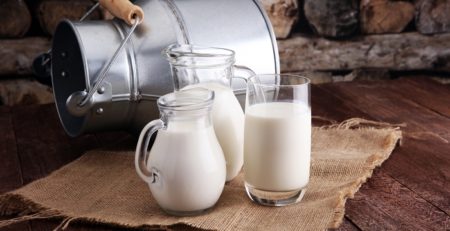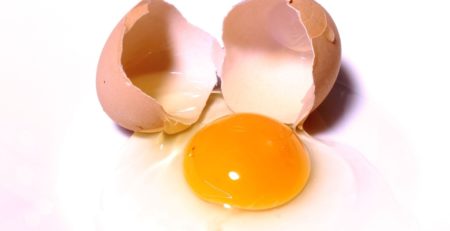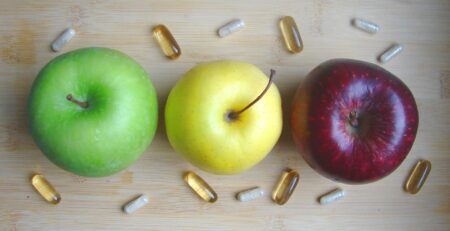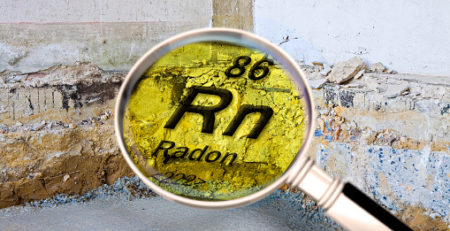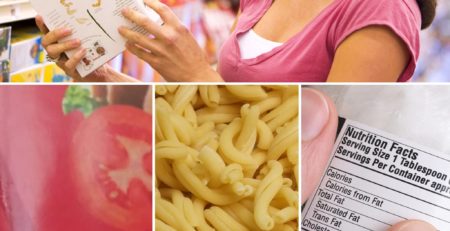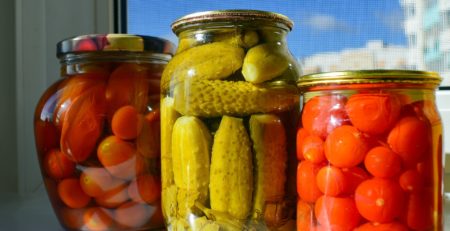Nitrites and Nitrates in food: european commission reduces limits
The use of nitrites and nitrates is widespread in the production of meat, sausages, cheeses and particularly perishable products, in which they are added with the aim of preventing the development and proliferation of micro-organisms harmful to human health, especially the C. Botulinum. In any case, nitrites and nitrates are not limited to being merely deterrent to microbial proliferation, as they play a very important technological role, exploited especially by the production and processing industries of sausages, in which they help to stabilize the typical red color of the tissues and improve the taste. In particular, nitrate acts as a precursor of nitrite, from which it is reduced by bacterial action. On the other hand, nitrite, following a chemical reaction known as acid dismutation, is converted into nitrogen monoxide, which binds a pigment naturally present in the muscle, myoglobin, effectively determining its conversion to nitrosomioglobin. The characteristic of this pigment is represented by the fact that it has a stable color over time, since it is not susceptible to the oxidation process, which would naturally encounter myoglobin during storage of a meat product free of such additives.
Origin of nitrites and nitrates: natural occurrence
Nitrates can naturally be found in some varieties of leafy vegetables and potentially also in drinking water. Their accidental presence in food may be due to environmental contamination (for example, water used in livestock farms).
Health hazards
The main danger associated with the intake of these additives is due to their ability to form compounds known as nitrosamines, among which some of them can be found declared carcinogenic by EFSA (European Food Safety Authority). This is because processed meat products to which such additives have been added undergo proteolysis during maturing, resulting in the formation of amino groups that bind the added nitrites and nitrates, with the consequent formation of carcinogenic compounds dangerous for the consumer.
How to recognize them on the label
The presence of these substances in food must be specified on the labels identifying the product from its outer packaging. If you read the label of a product containing nitrites and nitrates, they can be recognized by the abbreviations E249-E250 (for nitrites) and E251-E252 (for nitrates).
Risks evaluated by the European Commission and new legislation
The ADI (acceptable daily intake) currently required by law for nitrates is 3,7 milligrams per kg body weight per day, while for nitrites the ADI is 0,07 milligrams per kg body weight per day. According to experts, these limits are sufficient to guarantee the safety of the food containing them to the consumer. However, if all nitrate sources (food additives, naturally occurring in some foods and environmental contaminants) are examined, the ADI could easily be exceeded. This is precisely why the EFSA has adopted Regulation (EU) 2023/2018, with the objective of reducing by about 20% the limit linked to the use of these additives. These limits will have to be transposed and made operational by the companies feeding you within the next two years. For EFSA, the implementation of these measures is an important step in the fight against cancer and in ensuring food safety for the whole European community.

